Growing Military Aviation Sector
The Aircraft Actuator Market is also experiencing growth due to the expanding military aviation sector. Governments are increasing defense budgets, leading to the procurement of advanced military aircraft. These aircraft require sophisticated actuation systems for various applications, including flight control, weapon systems, and landing gear operations. The demand for high-performance actuators that can withstand extreme conditions is likely to drive innovation and investment in the Aircraft Actuator Market. As military programs evolve, the need for reliable and efficient actuation solutions will continue to rise, further propelling market growth.
Increased Aircraft Production Rates
The Aircraft Actuator Market is benefiting from increased aircraft production rates, driven by a resurgence in air travel demand. As airlines expand their fleets to accommodate growing passenger numbers, the need for actuators in new aircraft models is rising. Manufacturers are ramping up production to meet this demand, which in turn stimulates the actuator market. The commercial aviation sector is projected to see a compound annual growth rate, indicating a robust market for aircraft components, including actuators. This trend suggests a positive outlook for the Aircraft Actuator Market as it aligns with the broader growth of the aviation sector.
Rising Demand for Fuel-Efficient Aircraft
The Aircraft Actuator Market is significantly influenced by the rising demand for fuel-efficient aircraft. Airlines are increasingly focused on reducing operational costs, and fuel efficiency plays a pivotal role in this strategy. Actuators that contribute to aerodynamic efficiency, such as those used in wing morphing and control surfaces, are becoming essential. According to industry reports, the market for fuel-efficient aircraft is projected to grow, leading to an increased need for advanced actuation systems. This trend is likely to propel the Aircraft Actuator Market forward, as manufacturers strive to meet the evolving requirements of the aviation sector.
Technological Advancements in Actuation Systems
The Aircraft Actuator Market is experiencing a surge in technological advancements, particularly in the development of smart actuators. These systems integrate sensors and control algorithms, enhancing performance and reliability. The introduction of advanced materials and manufacturing techniques has led to lighter and more efficient actuators, which are crucial for modern aircraft designs. As airlines and manufacturers seek to improve fuel efficiency and reduce operational costs, the demand for innovative actuation solutions is likely to increase. Furthermore, the integration of automation and artificial intelligence in actuation systems may streamline operations and enhance safety protocols, thereby driving growth in the Aircraft Actuator Market.
Regulatory Compliance and Environmental Standards
The Aircraft Actuator Market is also shaped by stringent regulatory compliance and environmental standards. Governments and aviation authorities are implementing regulations aimed at reducing emissions and enhancing safety. As a result, manufacturers are compelled to innovate and develop actuators that meet these evolving standards. The push for greener technologies is driving the demand for electric and hybrid actuators, which are perceived as more environmentally friendly compared to traditional hydraulic systems. This regulatory landscape is likely to foster growth in the Aircraft Actuator Market, as companies invest in research and development to align with these requirements.


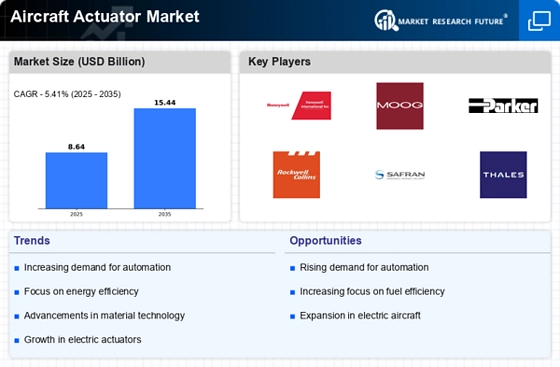
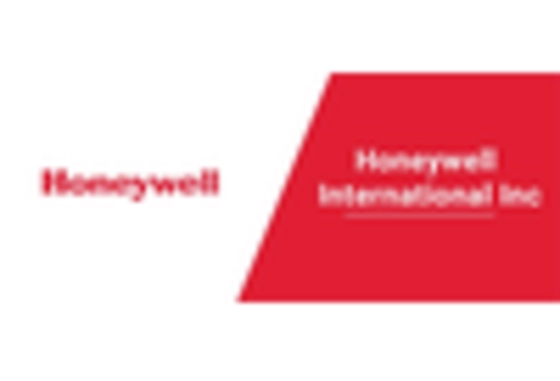

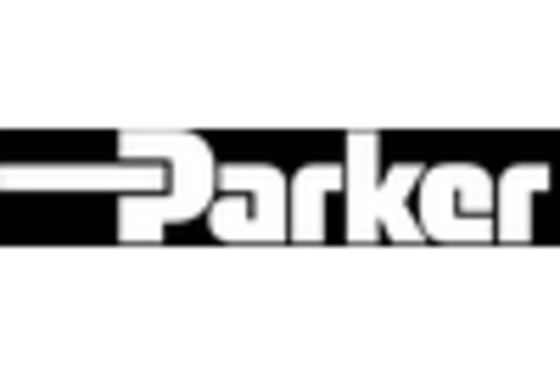
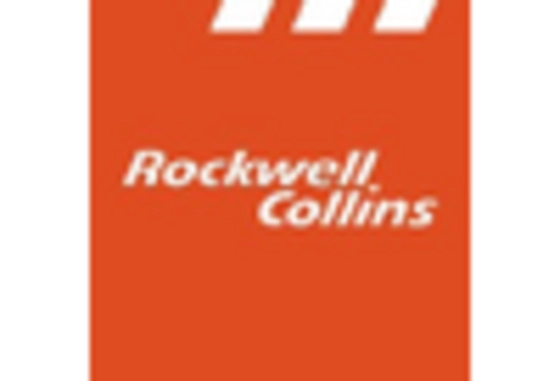
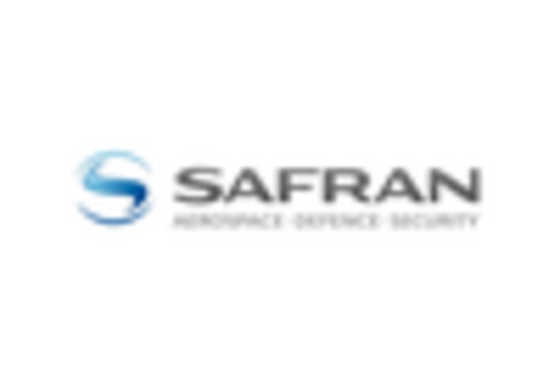
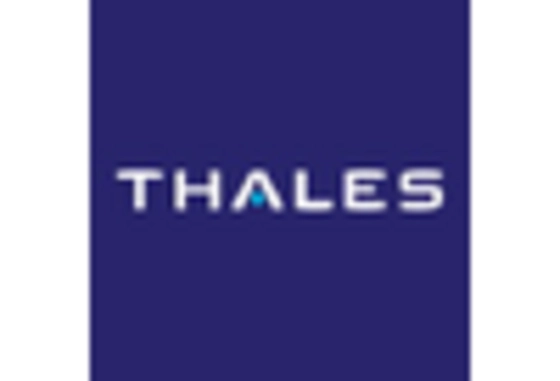








Leave a Comment